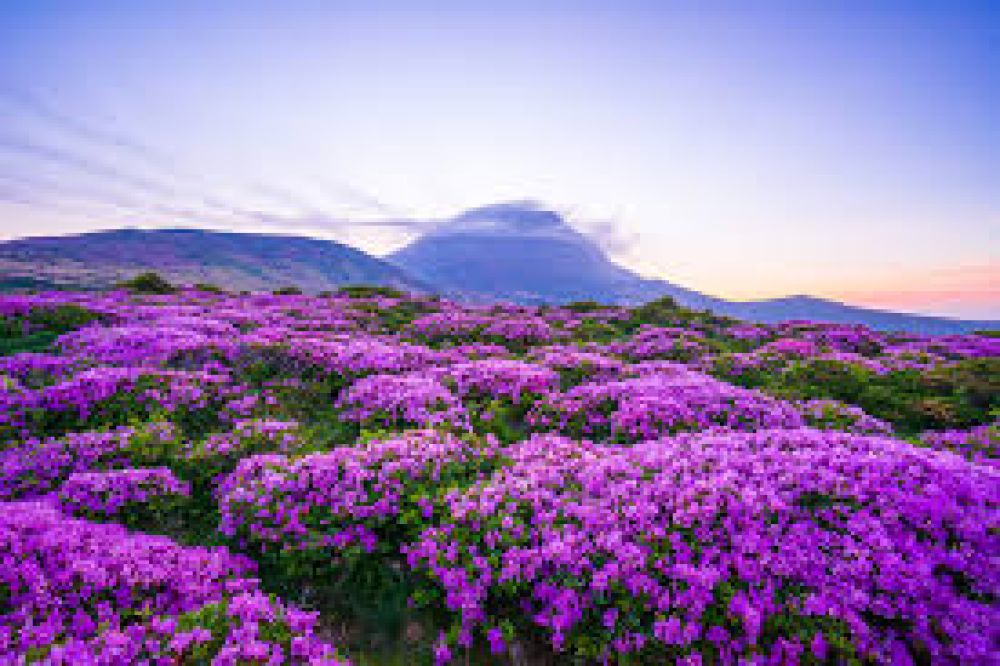

Hallasan National Park, the crown jewel of Jeju Island in South Korea, is a site that encapsulates both stunning natural beauty and captivating historical significance. Designated as a national park in 1970, Hallasan has long been a destination for those seeking the tranquility of nature, the thrill of adventure, and the allure of myth and legend.
In the early 20th century, Jeju Island was largely unknown to the global tourist community. However, its profile started to rise in the 1960s and 1970s when South Korea began to promote tourism as a means of economic development. Visitors were drawn to Hallasan's dramatic volcanic landscape, which features the highest mountain in South Korea, and the unique culture of Jeju Island.
By the 1980s and 1990s, domestic tourism to Jeju and Hallasan National Park increased markedly. The development of better transportation infrastructure, including the expansion of Jeju International Airport, made the island and the park more accessible to both South Korean nationals and international visitors.
In recognition of its unique ecological and geological value, Hallasan was declared a UNESCO Biosphere Reserve in 2002. This acknowledgment further boosted its reputation on the world stage and underscored the importance of conservation efforts in the park. Additionally, Jeju Island's listing as one of the New7Wonders of Nature in 2011 has solidified Hallasan National Park as a must-visit destination for nature enthusiasts.
Today, the park is renowned for its well-maintained hiking trails, rich biodiversity, and the serene Crater Lake (Baengnokdam) at the summit of Hallasan Mountain. The rising interest in wellness travel and eco-tourism has seen an increase in tourists seeking the healing power of nature, and Hallasan offers plenty of opportunities for forest bathing, trekking, and bird watching. The explosion of K-culture has also brought a new wave of international tourists eager to explore the landscapes that form backdrops to their favorite dramas and music videos.
With the increasing foot traffic, there are challenges related to environmental sustainability that need to be addressed. Measures are taken to ensure that the flora and fauna are protected and that the park's resources are not overstrained. As we look to the future, the management of Hallasan National Park continues to adapt to ensure that it remains a pristine and inviting destination for generations to come.
Hallasan National Park stands as a shining example of the harmonious coexistence of historical tourism and modern conservation. It exemplifies how a site of incredible natural beauty can continue to draw and delight visitors while maintaining its ecological integrity and contributing to the local community's well-being.